San Francisco, January 9, 2007, 9:41 am Local Time: What Steve Jobs pulls out of his pocket changes the world.
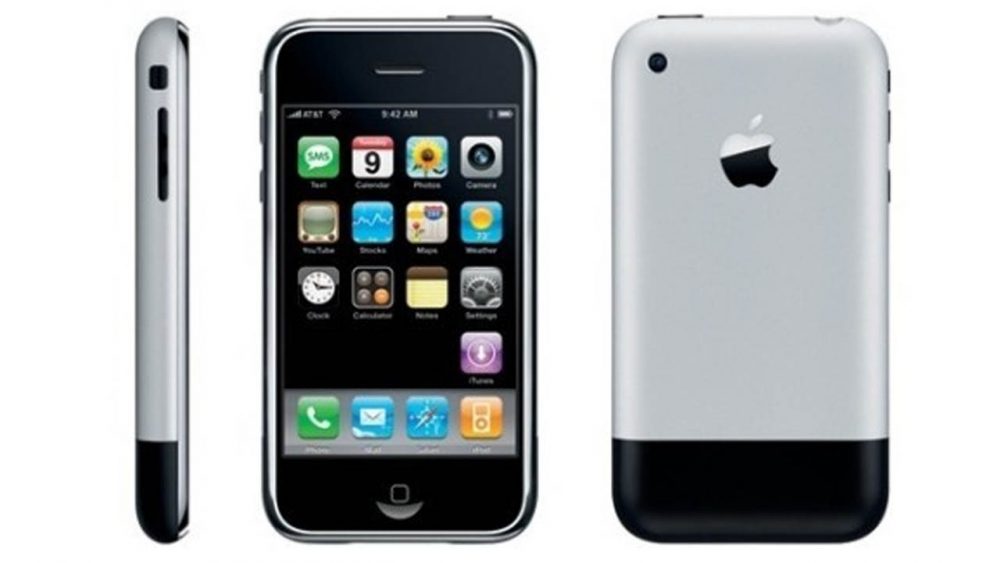
The keynote address for the opening of the Macworld Expo, which is 2007 was still a kind of hype for Apple, its fans and customers, had begun a bit late. As we know today, Steve Jobs and his co-workers worked to the last minute to make sure that nothing would go wrong in one of the most important presentations in the company’s history.
One kept three prototypes ready, the one that Jobs then took on stage complacently did all he had to do. So the show did not start as announced at 9 o’clock local time, but only 25 minutes later. For a long time, Preliminaries did not stop Jobs until he got to the heart of the presentation.
Apple will introduce three devices today. An iPod with a widescreen touch screen, a iphone with beautiful phone cases design, and a revolutionary Internet device. An iPod, a telephone, an Internet device. Jobs reiterated the triad until the audience knew what was coming next and almost could have said: “There are three devices in one and we call it iPhone”.
Another fun picture is thrown on the screen, namely a classic iPod with the dial, then it was serious: Exactly at 9.41 clock local time Steve Jobs pulled the miracle device from his pocket. That’s why since then the iPhone and iPad lock screens in Apple’s PR images show the time 9:41 am The birth minute of a legend.
Industry and society turned upside down
If you want to be clear on how much the miracle thing has changed the IT world – and not only this – you should remember the then-dominant mobile brands and wonder where they are today. Motorola: gone. Nokia: gone. Blackberry: gone.
Well, not really completely gone, but play the former top dogs after several changes of ownership practically no longer matter. Nokia has heard in-between times to Microsoft and then bought the Fitness Specialist Withings and give back, Blackberry sees itself today as a solution provider for companies. And Motorola? Oh, Motorola …
Recommended: Screen Protectors
The “3-in-1 device” promised a lot and kept much more: Finally, watch photos and videos about music on a widescreen iPod. Carry the Internet around in your pocket. And most of all, you can make mobile calls conveniently. One still remembers today with shuddering that one had to listen to twenty unimportant mailbox announcements in succession to get to the one relevant.
Today, twelve years ago, revolutionary visual voicemail is a standard beyond which we do not want to fall behind. Or do you remember times when you could order sports news via SMS from your provider? After the end of a Bundesliga matchday, a race, or another event, you had to wait for half an hour to finally get the news with the latest results and the SMS was not full of the results of the previous week.
The first iPhone was not even as smart and as fast as we see it today in the retrospective. Because Apple had decided because of the unsatisfactory energy efficiency of the available chips to forego UMTS and GPS for the time being – only the iPhone 3G had the same on board.
The word Apps was still a barely used abbreviation for “application”, ie “application”, programs one had not dared to speak. For native access to the iPhone and its system allowed only Apple and Google with Maps and Youtube. Everyone else who wanted to discover the iPhone should, of course, program applications written on the web in XML and JavaScript.
There were several reasons, but above all one thing: The iPhone was just not mature at its premiere. Only at the last minute were the demo devices for the Macworld Expo finished in January, half the year until the first day of sale, Apple had to work diligently on hardware and especially software.
Of course, developers from third parties should be able to access the iPhone, but Apple was probably not entirely wrong, that many things just would not work properly and apps could even interfere with the core functions of the iPhone or even override.
Apple had eventually bet its existence on the iPhone, it would have flopped, we may today speak of the once-large brand Apple, whose star began to decline 12 years ago rapidly. But as we know today, Apple has done everything right in terms of the iPhone and put it on the right horse.
Fadell over iPod, touch screen and industrial espionage
The more people you ask, where they were on January 9, 2007 and what they thought and did there, the more interesting stories surrounding the iPhone are experienced. Now, the BBC has also chatted to Tony Fadell, who at the time was at Apple’s development of the iPod and not by some decisive influence on the iPhone had. Because it was Apple’s fundamental decision to expand the iPod to something bigger, more flexible and more mobile, rather than trying to shrink the computer to phone size, such as Microsoft. Fadell tells in detail about the fierce arguments that advocates of a keyboard solution à la Blackberry had, especially with Steve Jobs, who advocated the multi-touch screen from the development of the touchscreen Mac – ultimately got right and kept. In another job doctrine, the team put him kind of deceived and considered from the outset that iPhone and later iPad would very well with a stylus operate. But according to Fadell, this little thing had already set a precedent, because even for the iPod, the engineers had taken into account the connection with Windows from the beginning. In another story, Fadell must remain a little unclear, because he accuses the competition no less than industrial espionage. Fadell and the team had looked in advance at mobile specialized manufacturers under their wing to learn from them. During a visit to Malmö, during the dinner, however, the car of the engineers was robbed, with all documents and prototypes: “They knew that we were working on a mobile phone.” According to Fadell, however, the trip to Sweden has brought more valuable insights for Apple than industrial spies could have learned from the delegation from Cupertino.
Rare View: It could have been different in the iPhone development – but the proponents of a real keyboard could not prevail against Steve Jobs. But even later in the process, there had been crossovers where Apple could have done otherwise. So a video in the blog Sonnydickson.com shows two early prototypes of the Touch iPhone in action. The shape of the device is similar to the final version but is a little rougher and the home button does not work yet. But interesting is the view of the two different approaches of the software. While a team headed by Tony Fadell put on the established iPod OS and put it on the touch screen, the team worked around Scott Forstall developed a real multi-touch system that responded directly to inputs of the fingers and no imitated scroll wheel more needed. As we know today, the second approach has prevailed. In an interview with The Verge, however, Tony Fadell made it clear that there were no competing teams competing against each other, but a number of ideas circulated. Everyone involved had worked on all techniques equally. The video is a port of a simulation created on the Mac to see and not a real operating system, Fadell also arranges the pictures. The idea of a virtual click wheel with touch screen had not prevailed and also the concept of an iPod Phone – small screen, real clickwheel for the operation – had failed at a banality: With the wheel, you could not really dial phone numbers.
Today, the iPhone is in its 13th year of life and has by no means the best times behind. Certainly, the seemingly unrestrained growth is history, Apple knew that two to three years ago and increased the price of the iPhone, while improving and expanding the offer.
Cupertino was able to bring significant revenue and earnings growth from more flat growth curves, but that should be over now. Sales figures Apple will not call from the balance for the first quarter of 2018/19, only sales.
There are many indications, however, that these two will decline, but remain at a high level. The prognosis is not too daring that Apple will sell in the next few years to the 200 million devices per year, the new customers are only less.
And existing customers are less likely to upgrade because now the technology is so mature that Apple can only develop evolutionarily further but no longer spectacularly.
But that does not have to be any harm, and Apple is still generating growing revenue from its services. In particular, the lucrative health market Cupertino has made for himself. That would have been unthinkable without an iPhone – the computer that comes as close to us as any of its predecessors. It took a while for the healthcare revolution to begin, but it also started on January 9, 2007, in San Francisco.
We look back at the history and history of the iPhone:
October 2001: The iPod
On October 23, Apple will present an “electronic device” that is “not a Mac”, it issued shortly after the 9/11 disaster, the invitation to the press. Speculation around a reissue of the Personal Digital Assistant Newton dissolved into sound because the iPod was the solution to the digital age of music.
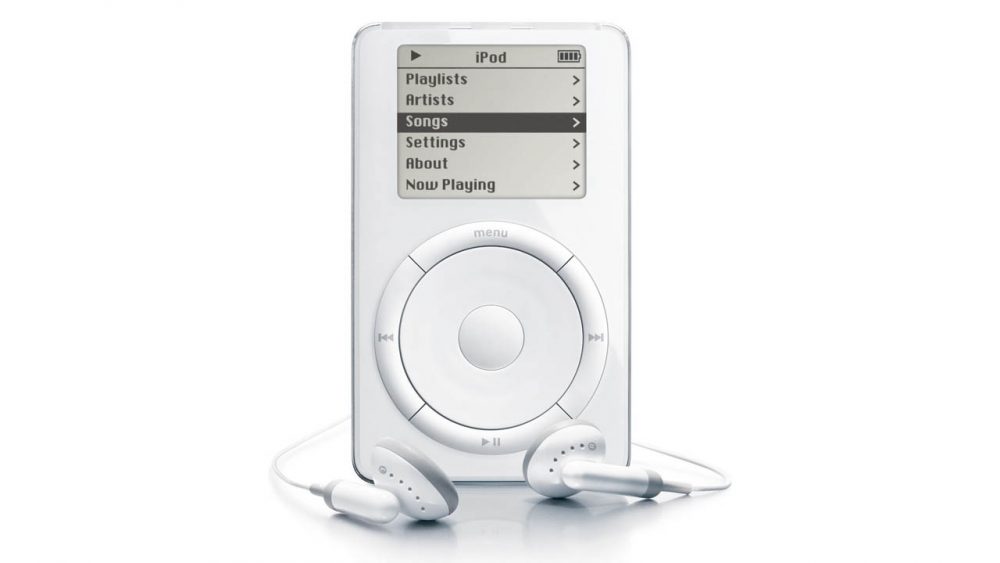
Not only could you store up to 1000 titles on the elegant device in no time at all, but you could also easily find them and play them back. Initially intended only for the niche of Apple users, the iPod was only really on track when Apple donated it to the Windows world still a USB interface and with iPod Mini and later with iPod Nano and iPod Shuffle also affordable devices brought out.
The digital music store iTunes (Music) Store did the rest to make all the competition look old. The iPod was the “must-have” device of the early third millennium. No one spoke of a new edition of the Newton soon.
2002 to 2006: The navel of the digital world
Why a new Newton, who necessarily had to lug around a PDA and was not satisfied with the notebook, could buy one from a third party? Connecting and syncing with the Mac, these Palms and Tungstens were easy, as well as the increasingly popular digital cameras, and audio devices such as the iPod and other gadgets. The Mac should be considered the center of the fleet, as a “digital hub”.
Apple also understood itself as a software manufacturer, in the summer of 2002, at a Macworld Expo even Sony Ericsson part of the show, to show that the Mac can also with mobile phones. Who needs your own Apple phone? Apple itself, because with the solution provided by Motorola in the fall of 2005 solution of the “iTunes phone” Rokr now no one could be satisfied.
Allegedly, this flop was the final rash for Apple to push the development of the smartphone. Since about 2003, Apple has built a tablet computer, and the solutions developed for it should prove ideal for a phone. And for an iPod with a touchscreen. And a revolutionary internet device. All in on the iPhone.
Read Also: Google Pixel Tablet: Specs, Release, and Price Info
January 9, 2007: Modest goals
The first iPhone could not do much. The camera was ridiculously bad and did not record any videos. GPS and UMTS chips were missing, Apple probably feared that the then-available processors would suck the battery too fast empty – a day should hold the battery already.
Another limitation Apple justified with the security of the system: third-party manufacturers had to resort to web apps to get their solutions to the iPhone. Native apps were only allowed to be provided by Apple and selected partners like Google. You can only guarantee the best user experience if no third party in between.
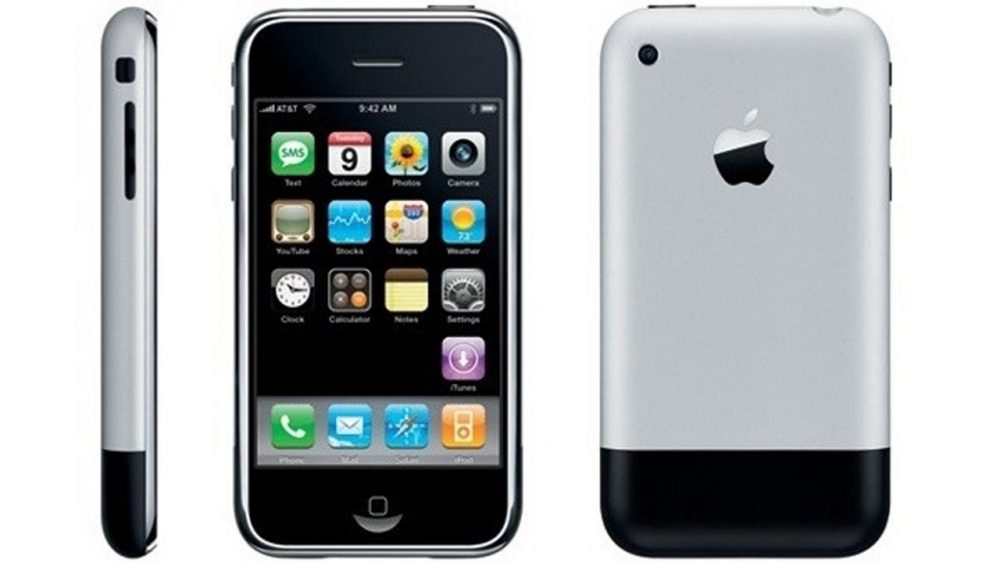
But Apple had the bill without the “buggers” made and soon found that using cracking software, which received the meaningful category name “Jailbreak”, could very well install all sorts of the program on the iPhone.
Apple responded in March 2008 with the announcement that they would introduce an SDK (Software Development Kit), with iPhone OS 2 distributed via the iTunes Store future programs on users’ smartphones.
The goal formulated on January 9, 2007, to conquer about ten percent of the mobile market and sell well over ten million devices a year, missed Apple yet.
The reason was, among other things, that the iPhone was available only in the US from June 2007, Germany, France, and the UK were added in November. 10 million iPhones a year … Today Apple sells more than 10 million units a month even in bad quarters.
2008: The iPhone gets 3G and GPS
In the summer of 2008, Apple opened its successful model not only for developers but also equipped the phone with essential hardware. Thus, the second generation iPhone 3G was the one major innovation in the name, the other was the GPS chip, which now made the tracking services reliable. So far, one had to orientate oneself at the locations of publicly known WLANs.
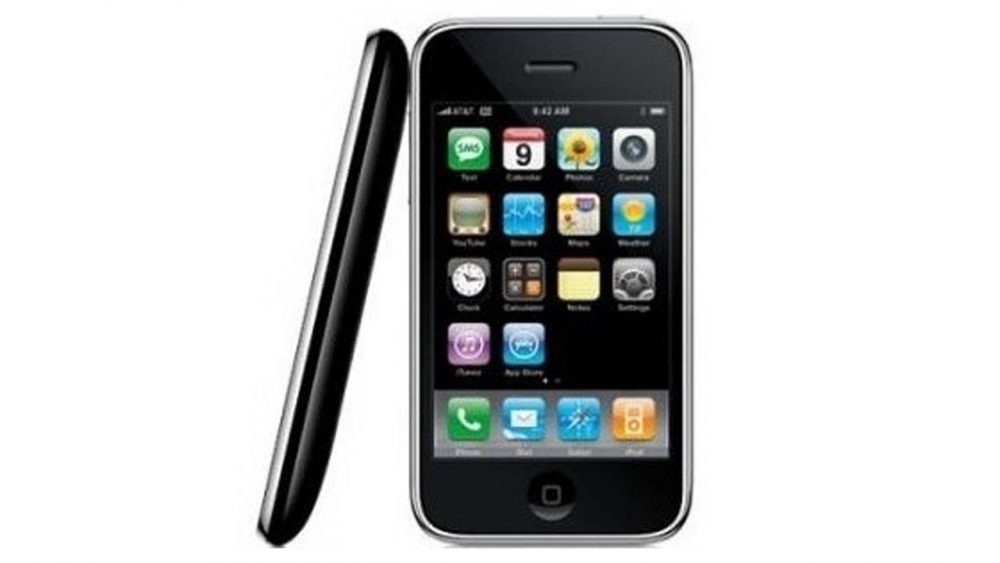
Apple and its users had the experience that the battery in the evening was still full enough and you could install one or the other consumers more. Especially since the chips have become more effective from year to year.
2009: Tik Tok
Was the iPhone 3G possibly the first properly mature iPhone, Apple continued from then on a two-year rhythm in the development. Because the issue of 2009, the iPhone 3GS, was outwardly unchanged compared to the 3G but had it in itself.
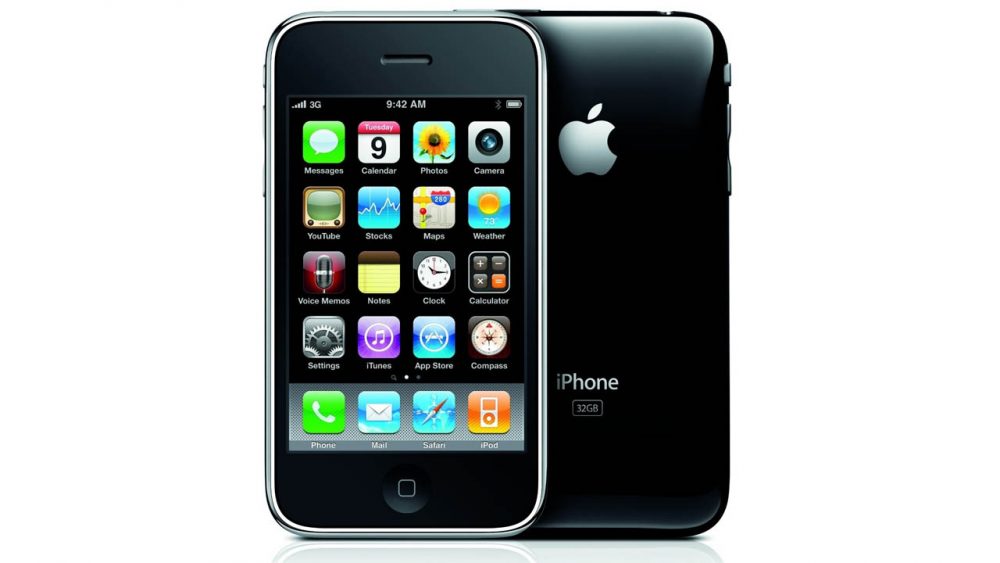
A faster processor (hence the “S” for “speed”), a better camera that could now record video at acceptable frame rates, and three gyroscopes that measure the position of the iPhone in the room much better – not unimportant for games. In the annual rhythm, Apple also improved the operating system, which was understood from 2009 on copy-and-paste.
2010: iPad and a new form
On January 27, 2010, Apple finally presented the device that was supposed to be first in development: the tablet computer iPad. Earlier attempts to make the portable computer react to touch had failed, especially in the software, only Apple’s radical approach, which had to do without auxiliary devices such as styluses, brought the breakthrough.
The iPhone had become a massively copied million-seller, and the iPad did indeed start a better start, but then came to the saturation point – laptops remain vital and cannot be displaced as easily as Apple may imagine.
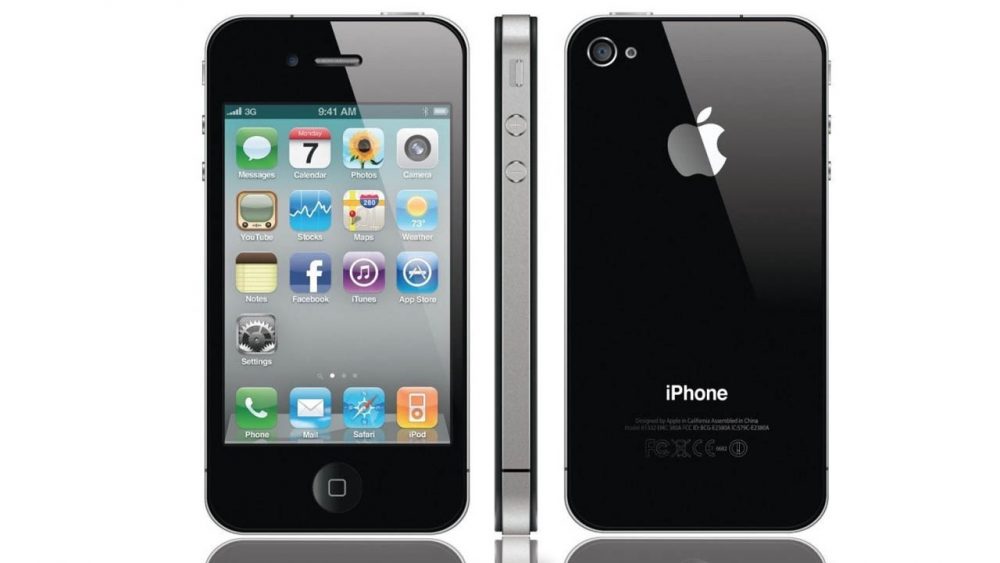
For the iPhone of the 2010 vintage, Apple had come up with something special: the back is like the front of the glass, and the components are held together with a steel band that also acts as an antenna. But if you touch that wrong, the connection breaks off … Another design problem Apple has captured with the iPhone 4: A while back, the engineers will not succeed for a long time to the satisfaction of Steve Jobs, the white iPhone 4 comes a three-quarters year late.
In the meantime, the 4 had also appeared in a variant for the competing 3G standard CDMA, which was the dissemination of the phone was more than useful. The software, which also runs on the iPad, is now called iOS 4.
2011: The iPhone learns to speak
A few months before his death in October, Steve Jobs was able to present the new software strategy at the WWDC developer fair. The “digital hub” was finally history, iCloud should be the staple for data on devices of all kinds. Thus, since iOS 5, the iPhone can be set up and operated without a connection to iTunes, Mac and PC can only access devices for their data.
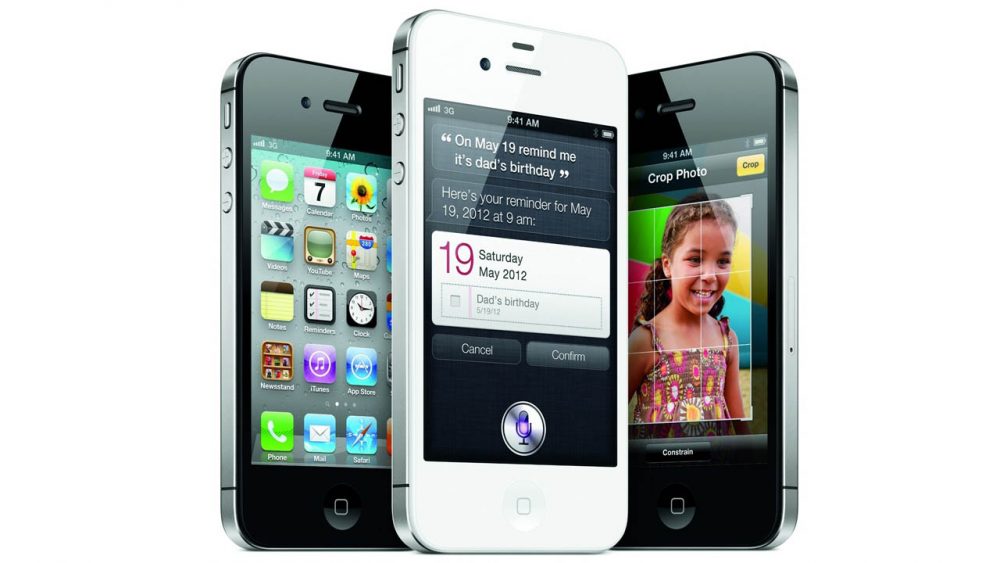
The “S” in the 2011 generation not only stands for “Speed”, but also for Siri: The iPhone learns to speak and to listen. Externally, it remains unchanged, the already implemented with the CDMA model of the predecessor changes to the antenna times except.
2012: Four inches have to be
Before the smartphone revolution, mobile phones had become smaller and more compact, and those who remember the Nokia 8210, for example, remember how small the keys became. You hardly had to see anything on the screen.
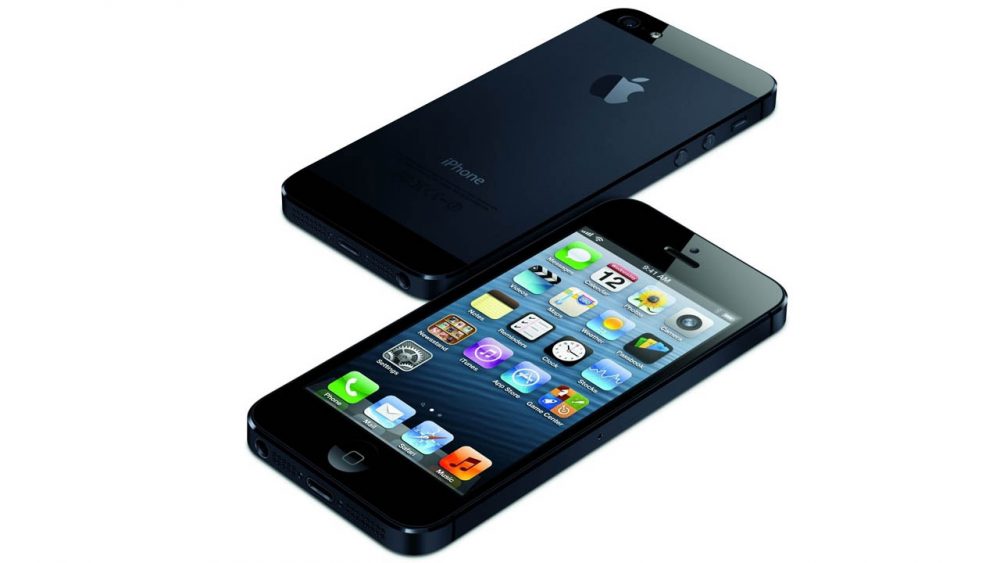
Now the ad is getting more and more important, and the screen sizes are increasing. With them, but also the energy consumption, at least you can build in larger smartphones and larger batteries. Apple’s ever-widening competition has triggered growth in size, Cupertino pulls off. First with a small change: The iPhone 5 is a little longer, and the screen size grows from 3.5 to 4 inches.
2013: Fingerprint and Apple Pay
Again an odd year, gets the proven form factor of new technology donated. As usual, the camera is the focus of development but the iPhone 5S with the fingerprint scanner and the Touch ID a new security feature.
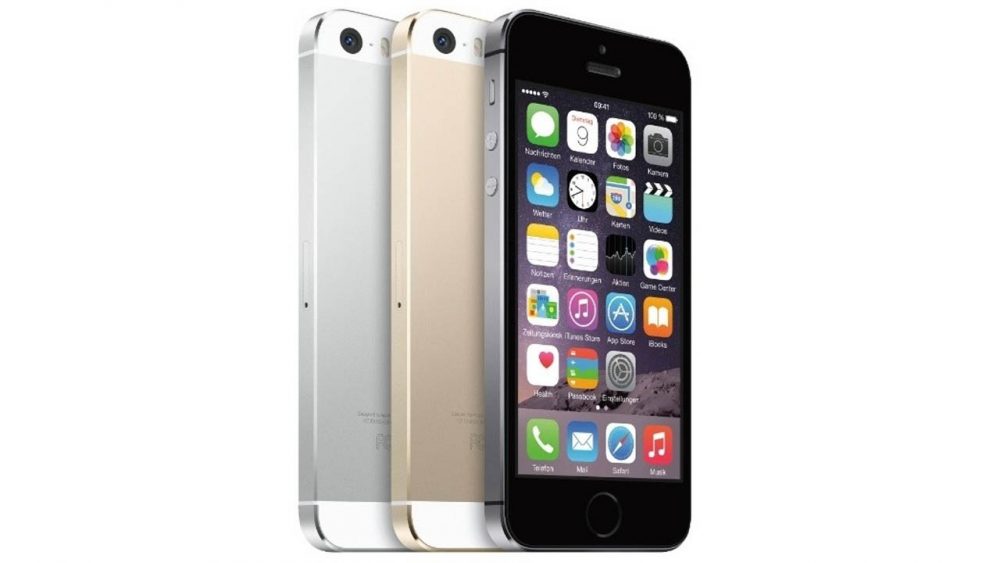
By placing a previously registered finger, the phone is unlocked quickly, there is no excuse for not using a PIN. The data comes into its processor area, the Secure Enclave, nothing is stored in the iCloud. The new authentication method also proves useful for wireless payments. Apple Pay has also made it outside the US since 2013 in the world. That did not happen until the end of 2018.
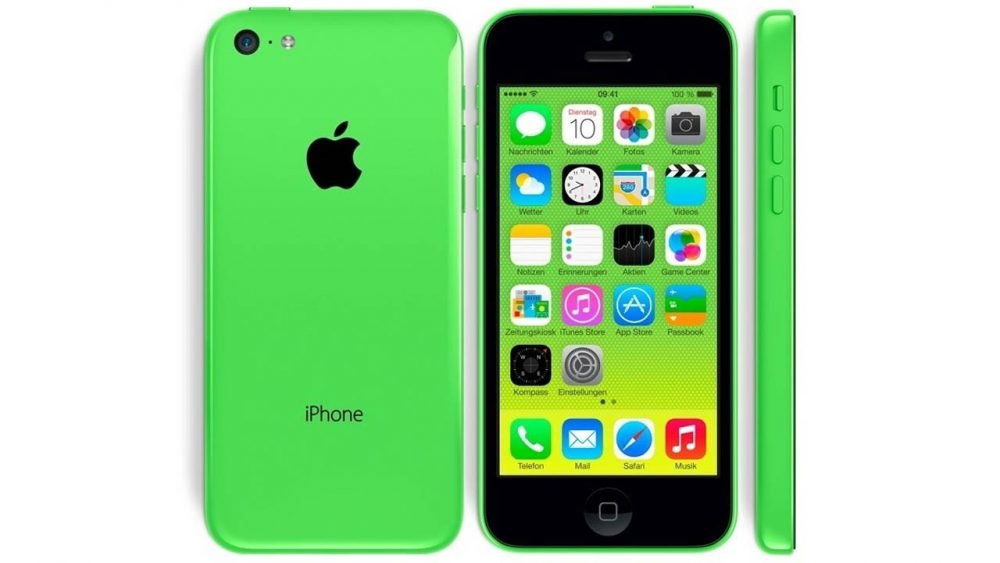
For beginners, Apple designed the iPhone 5C, which is nothing more than old technology in the new plastic housing. Apple does not name exact sales figures, but since the experiment with the plastic bomber did not continue for the slightly lower price, one can assume that the iPhone 5C was not a great success.
2014: Size counts
The trend towards larger smartphones continues, especially in Asia, the devices sell better, the bigger the screen. Apple cannot escape this and brings with the iPhone 6, the next expansion to 4.7 inches. But that’s not all, the iPhone 6 Plus with its 5.5-inch screen seems to be enough for many people to do without an iPad (mini) and/or notebook.
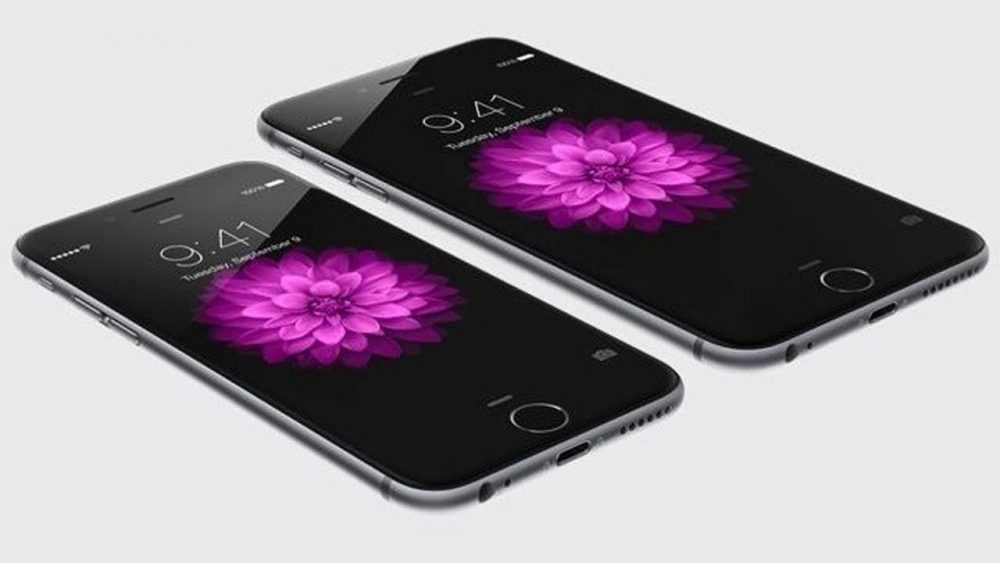
At least let the sales of the iPad on the one hand (declining) and iPhone, on the other hand, conclude: With the 6 generations, Apple reaches the preliminary peak.
2015: Not much new in the S-Class
The iPhone 6S (Plus) looks exactly like the model of 2014, but, everything has changed, and Apple is not tired to emphasize. Especially with the camera, the manufacturer is making further progress, the 7000 aluminum is at much the same weight and even more stable than before.
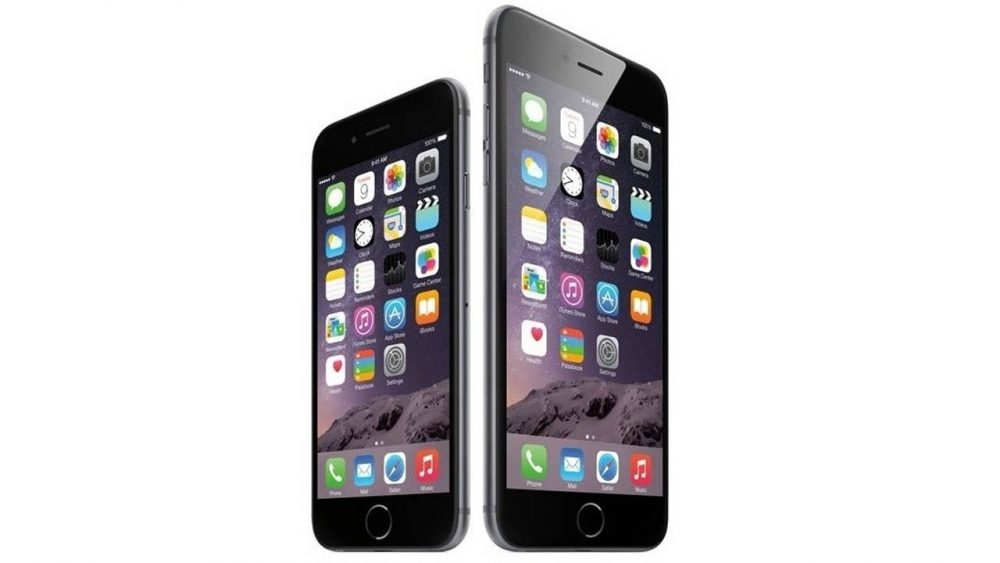
Nevertheless, the sales figures are declining for the first time after a slight increase in the Christmas season, the S-Class can convince too few new customers and changers. These prefer to wait for the iPhone 7
2016: The new rhythm
And that is a disappointment to many commentators at first sight. It looks almost exactly like the two predecessor models, it is most likely to be recognized by the missing headphone jack. But the technology has it all, again Apple improves the camera enormously, and the additional color gamut is reflected in a new display.
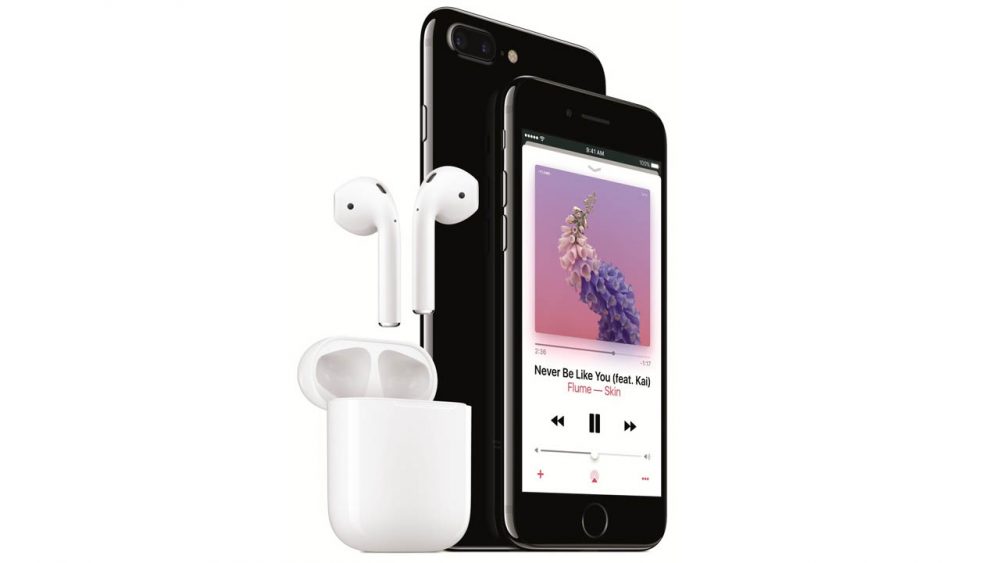
The Plus model comes with a dual camera and thus for the first time an optical zoom, albeit only twice.
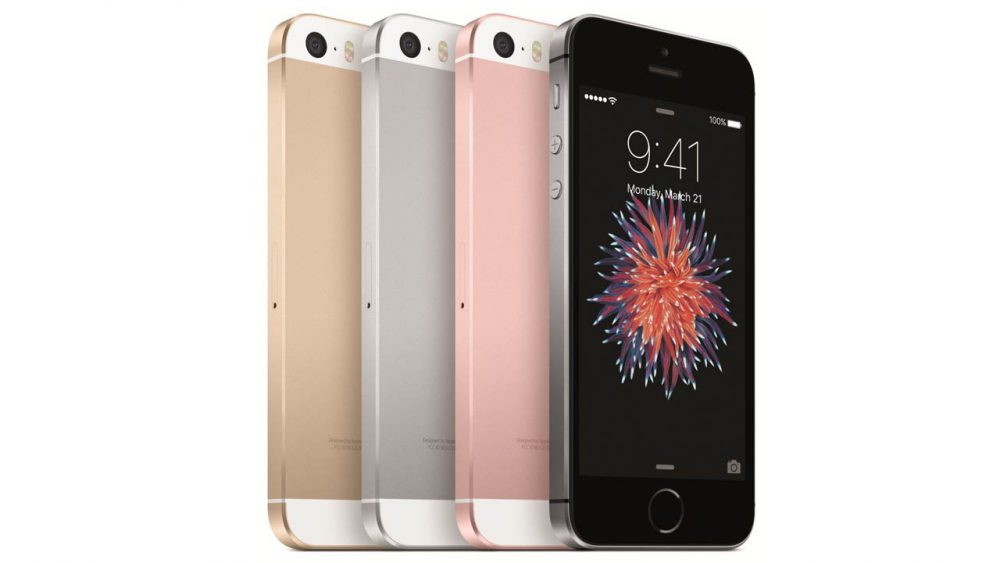
From the alleged fiasco with the iPhone 5C, Apple has learned that the iPhone SE introduced in the spring of 2016 has indeed a four-inch case of yesterday, but the technology of today is installed. At the end of January, Apple released the first quarter of 2016/17 numbers, indicating that the downward trend in sales has stopped.
However, sales growth is already coming from higher prices. But the iPhones have more and more to offer, one has to state.
Schiller and Cook over ten years iPhone
Extensive talk about the history of the iPhone and its future in a conversation with back-channel Apple’s marketing director Phil Schiller. So in fifty years, people will look back and see what innovations Apple has implemented over the years and decades. If necessary, we will come back to this in January 2067 …
However, Schiller gives an interesting insight into the history of the iPhone software in the interview. For at Apple, there have certainly been discussions about whether the iPhone should not pursue an open approach like the Mac from the beginning and should allow software from third parties. In the end, however, they opted for a closed system à la iPod, as they feared that they would not be able to cope with the development in time otherwise. It was clear, however, that one would open the iPhone sooner or later – which then happened with the second generation iPhone 3G with iPhone OS 2.0 and the launch of the App Store.
Apple CEO Tim Cook has also commented on his tenth birthday. “iPhone occupies a significant place in our customers’ lives, and today more than ever, it defines the way we communicate, talk, work and live,” explains Cook, according to Macworld. The iPhone had already set the standard for mobile computing in its first decade – but Apple has just begun, the best is yet to come.
2017: The new decade
Is the iPhone maxed out? Of course, explains marketing director Phil Schiller to ten-year-olds. In the autumn of the anniversary year, Apple then shows what the next decade of the iPhone should look like.
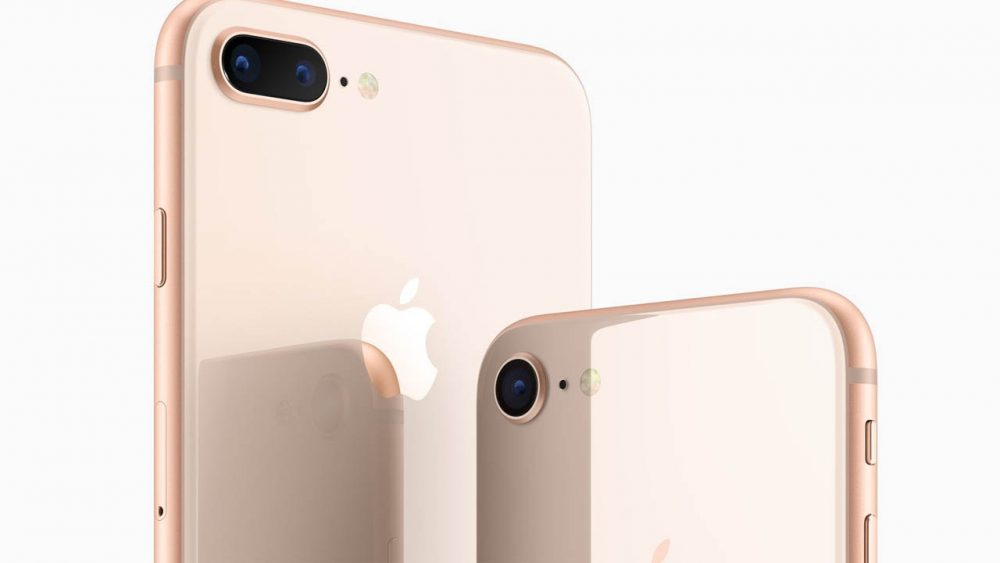
Above all, the group diversifies further: As a successor to the iPhone 7 (Plus) come no 7s models, but equal to 8s. Only from a distance do they look like the generations before. On closer inspection, however, you discover the new glass back, which allows wireless charging according to the Qi standard.
The significant change brings but the anniversary model iPhone X: The OLED screen extends over almost the entire front, and a home button is missing. So the TouchID, but with face recognition, FaceID Apple has a still safe successor in luggage.
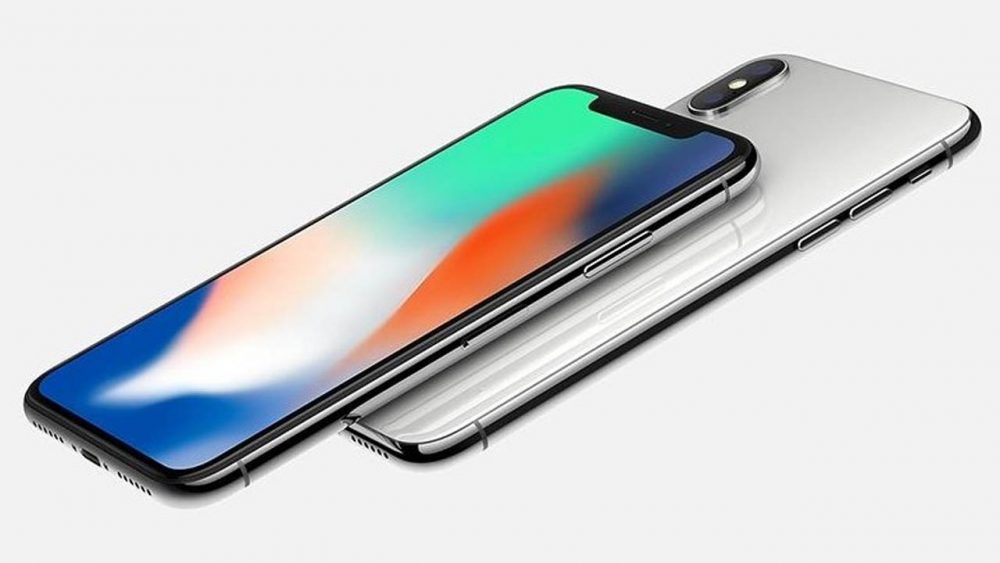
The price rise is now massive: The two variants of the iPhone X cost 1,149 and 1,319 euros. People are buying the new device like crazy, but despite the skepticism, the iPhone X proves to be the best-selling smartphone, not just Apple. Sales are rising massively, with almost constant volumes.
Read also: Exactly What You Need To Know Before Switching To iPhone X
2018: Crisis? What crisis?
In a sense, Apple is but the victim of his success. Because the iPhone X is already so good and still valuable hardly anyone switches to the iPhone XS – possibly users of older devices that get an even better smartphone with the X-successor. If it may be even bigger, please:
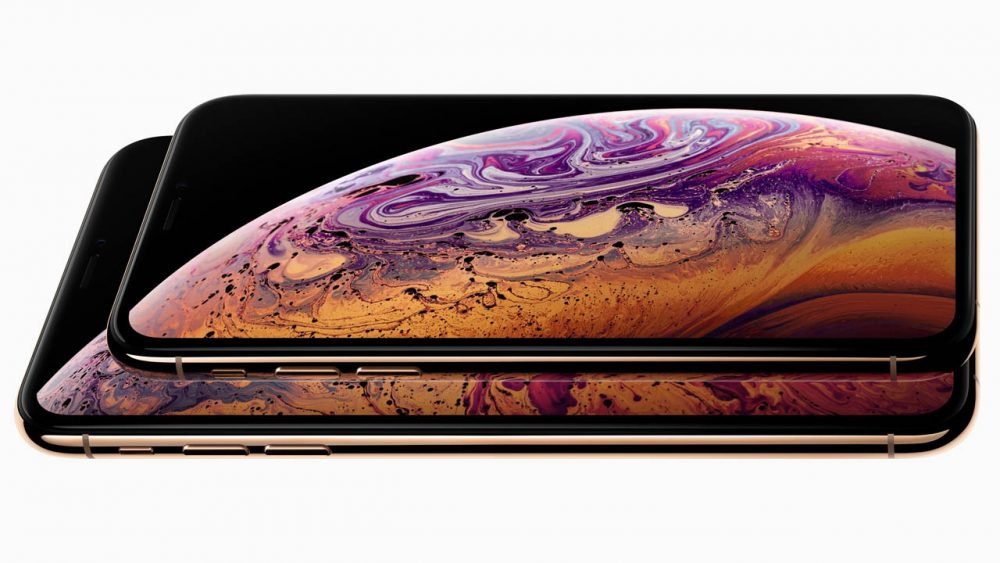
The iPhone XS Max enlarges the screen to 6.5 inches, in its outer dimensions but not larger than the Plus models of previous years. The price is getting prouder, with 512 MB of memory the XS Max costs 1,649 Euro. A telephone! No, not just a phone by far.
The iPhone SE is eliminated, at least for the time being. As an entry-level device – which sounds a bit strange at 849 euros – now serves the iPhone XR. The design is almost as frameless as the XS (Max), just LED instead of OLED, and on the back just a camera.
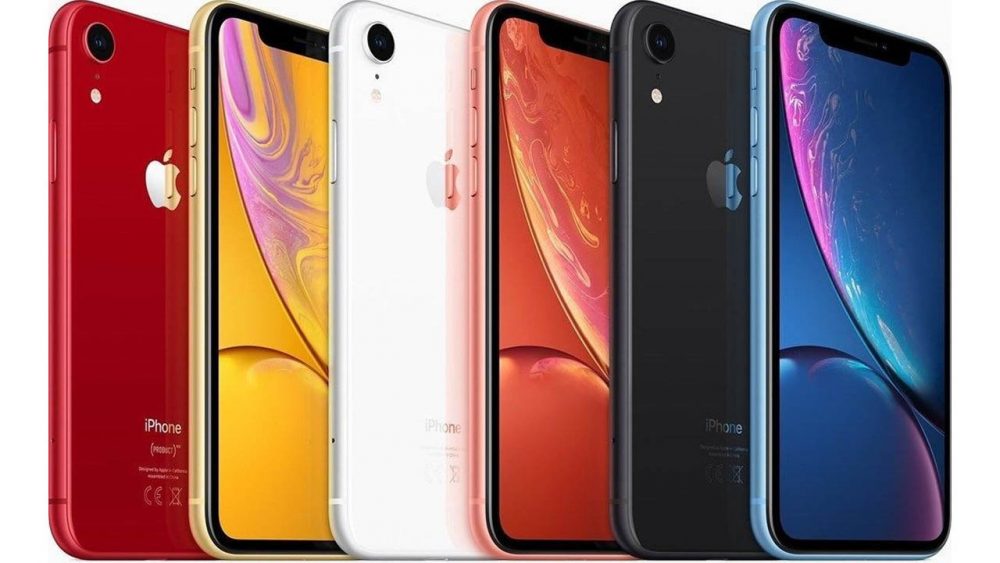
Available in six colorful colors: the technology and design of the second iPhone decade for all those who spend more than 1000 euros for a phone a bit of money.
2019: Outlook
Perhaps Apple has overdone it with the prices, the massive trade-in deals that the group launched at the end of 2018, speak a clear language, as well as the sales warning that Apple had to spend in early January. Also in 2019, Apple will not be able to completely reinvent the iPhone, with another camera on the back and possibly USB-C instead of Lightning but could be the guidelines. And the fact that the processors are getting better and faster is almost certain.
Perhaps Apple will have to respond to the sales decline otherwise, such as price reductions with a new, smaller 4 x-inch device or with an extension of the product cycle. Or even with all these measures and a few more. The iPhone may be mature, but its history is not over yet.








